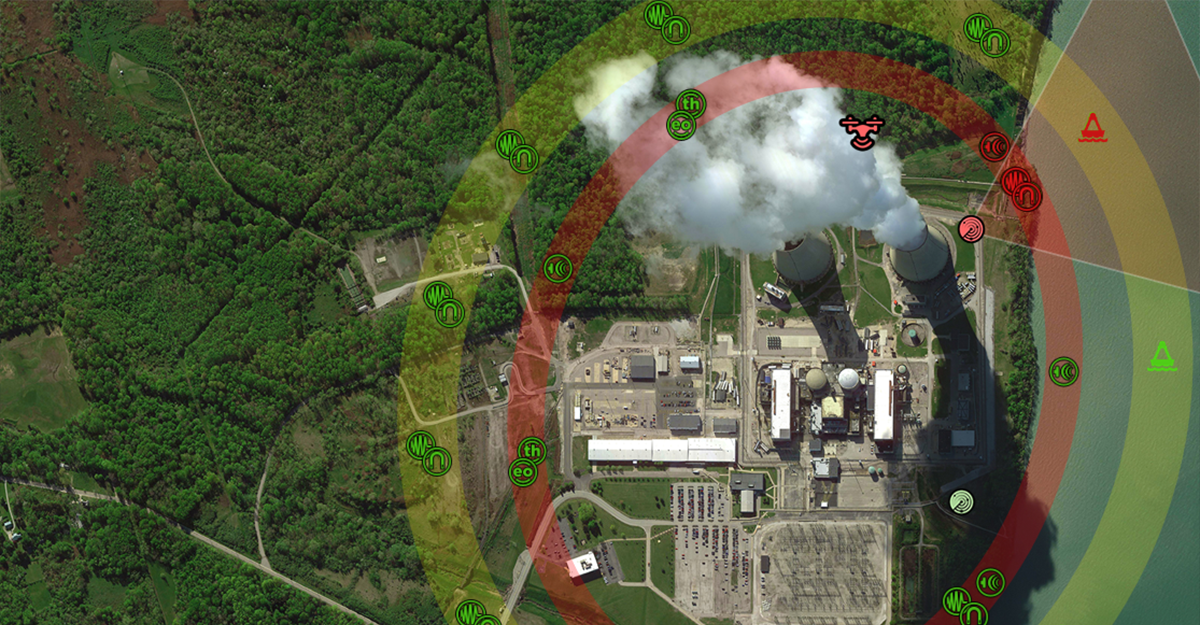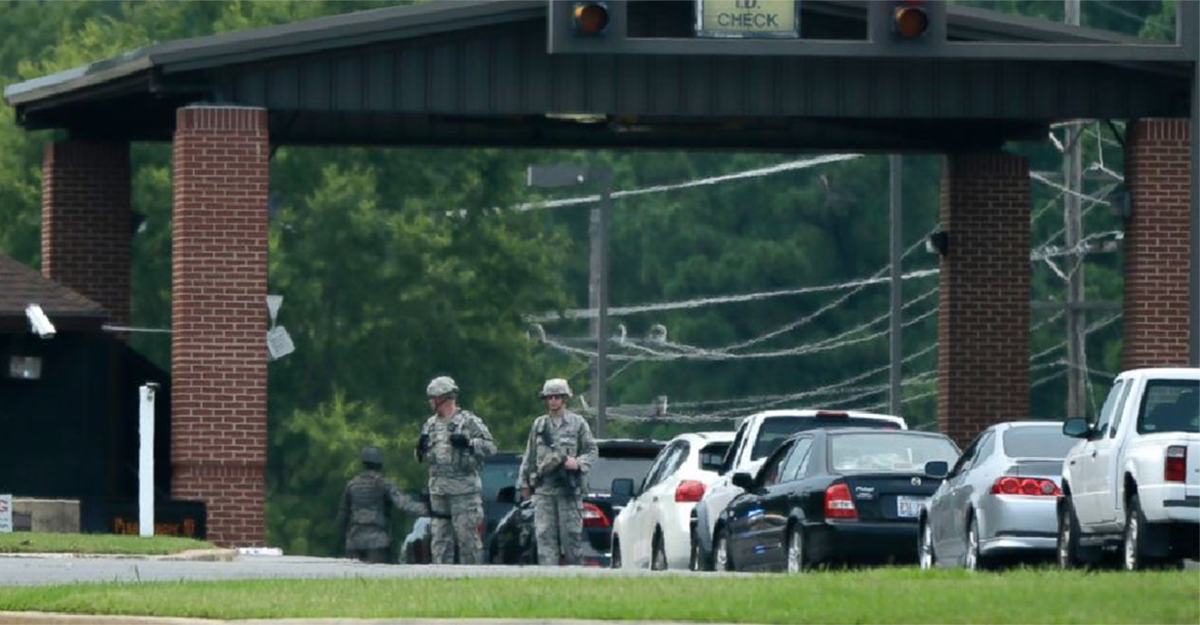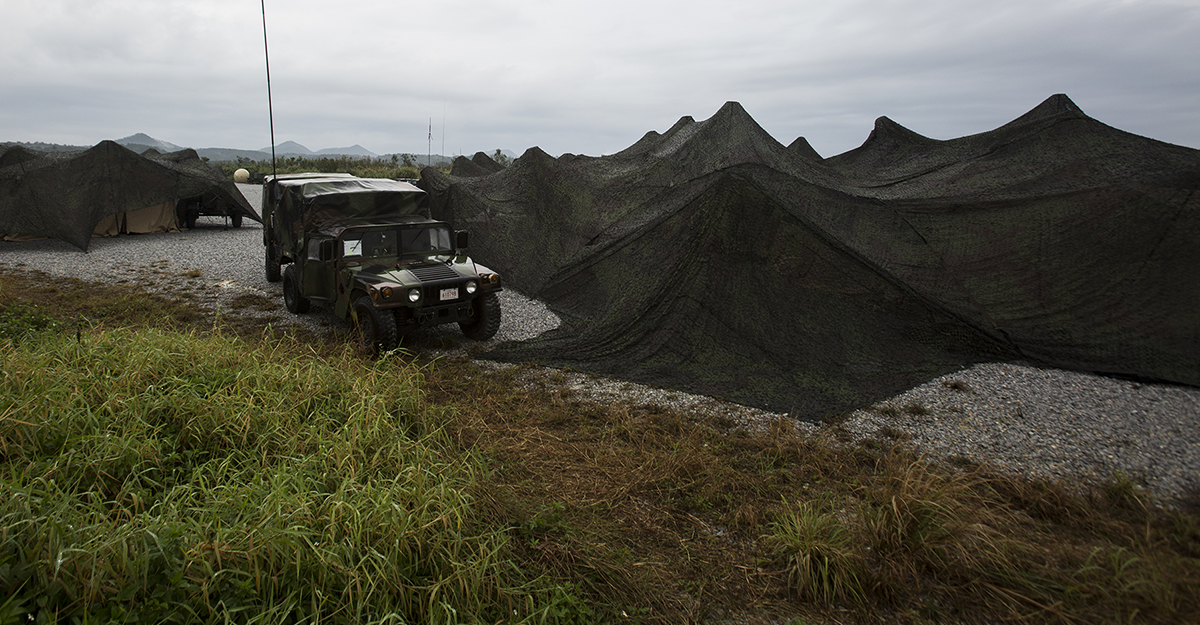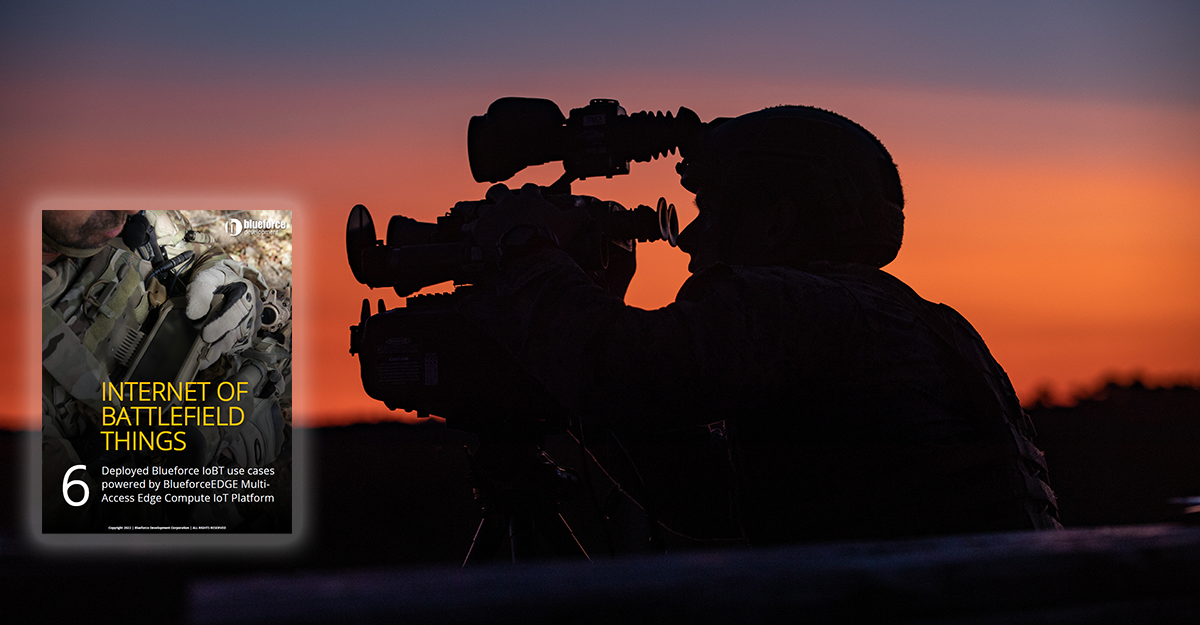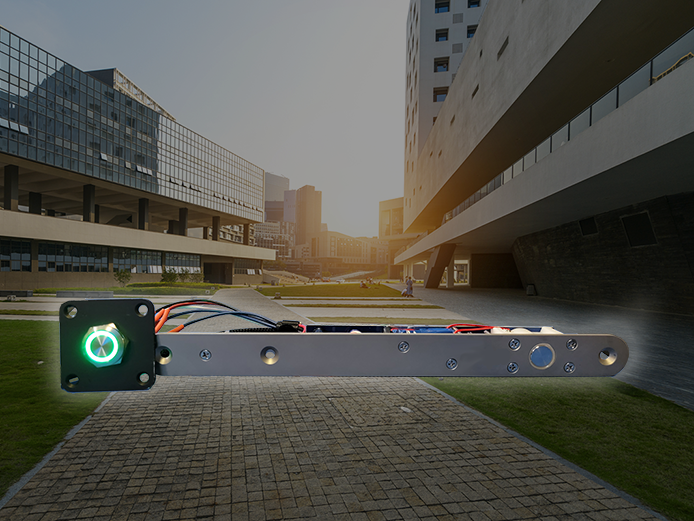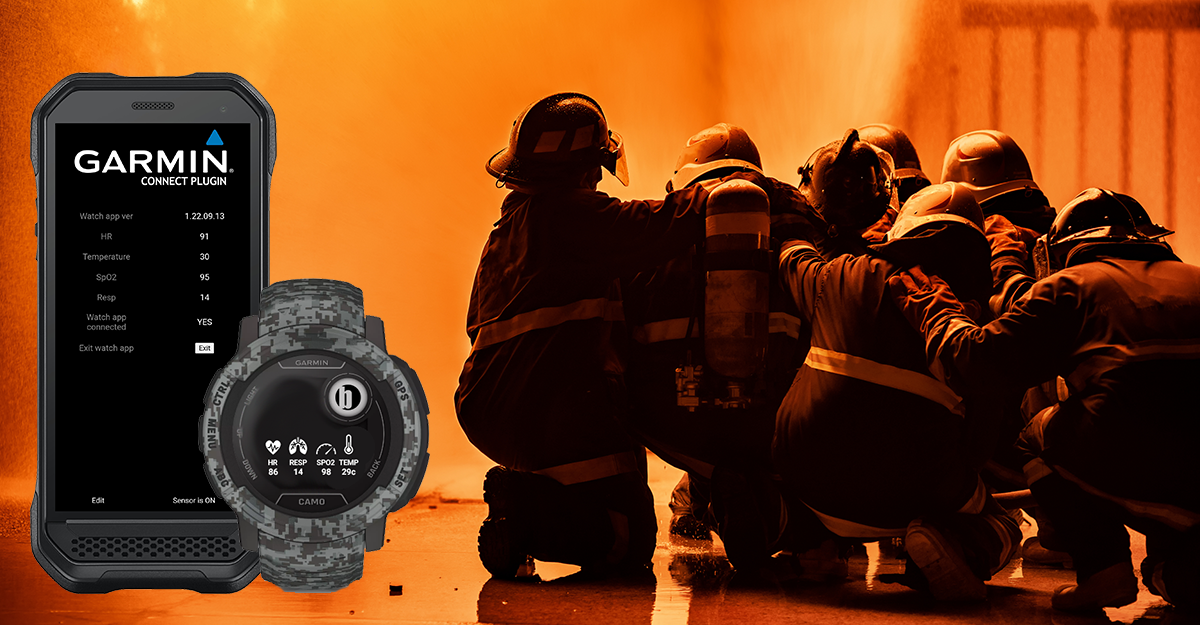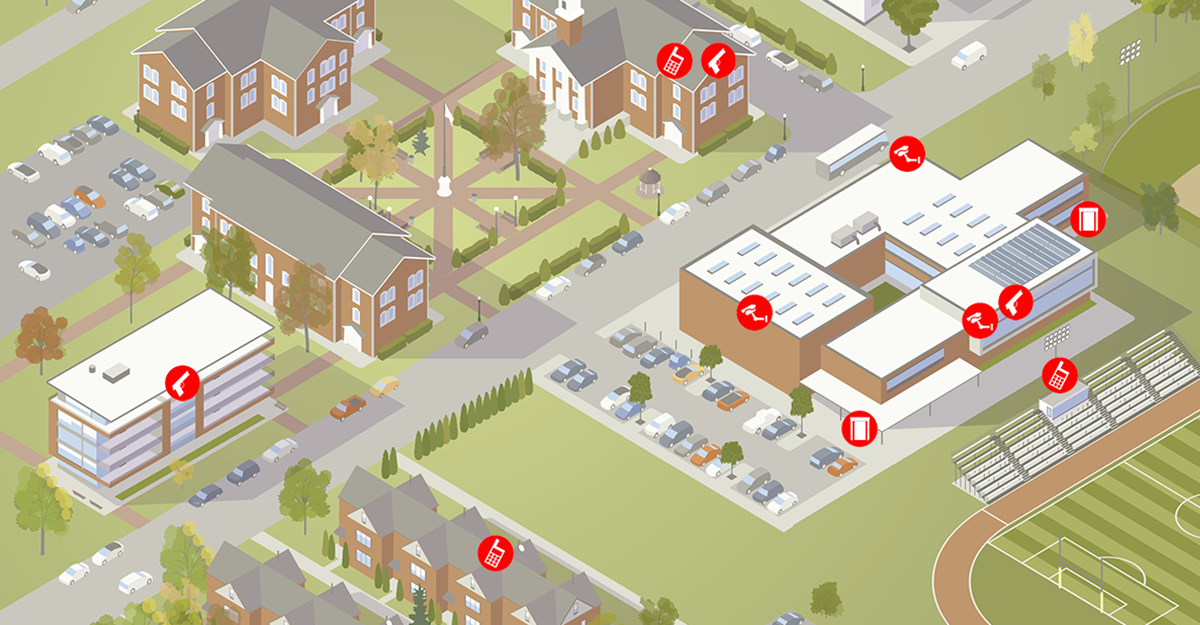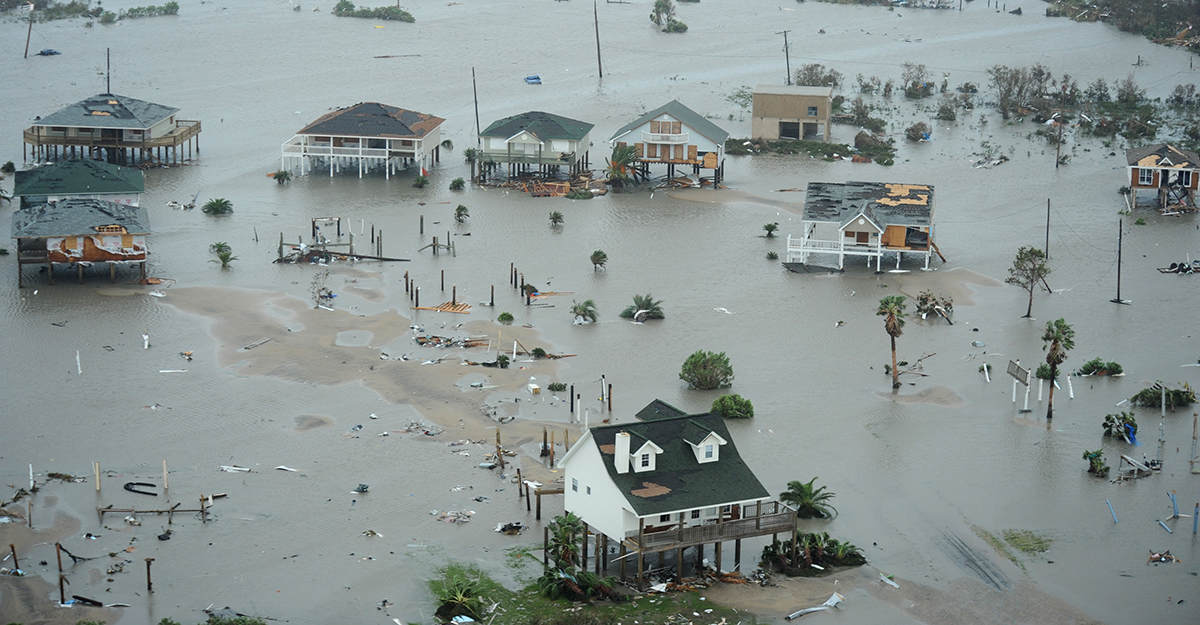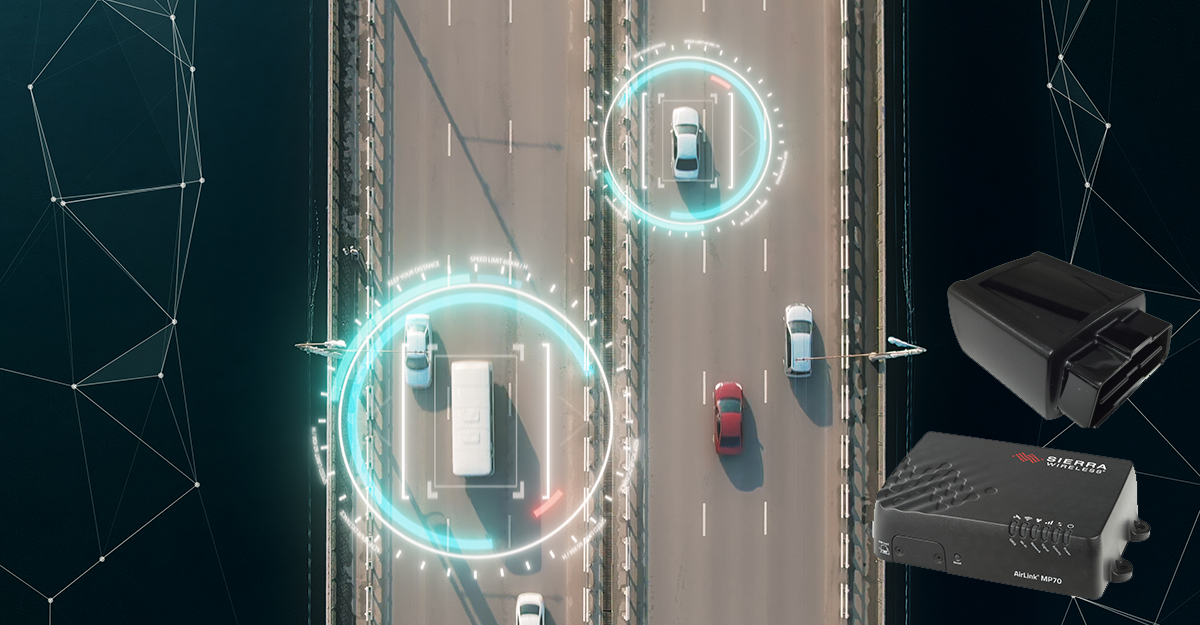Unattended ground sensors from multiple manufacturers, fused and normalized for sensor cueing to minimize false positives and accelerate detection time Today's unattended ground sensors (UGS) consist of various sensor technologies that are tightly integrated to deploy and perform the given task such as target detection, location, and recognition. These ground sensors are generally small, robust, and can be considered "disposable" in many cases given their low...
Read MoreThe 2022 Blueforce Texas Road Show
The 2022 Blueforce Texas Road Show gives you hands-on access to the latest in Public Safety, Safe Campus, and Autonomous Platform technologies. The Road Show kicks off Tuesday October 11, 2022 in Houston. For more information, click here…


